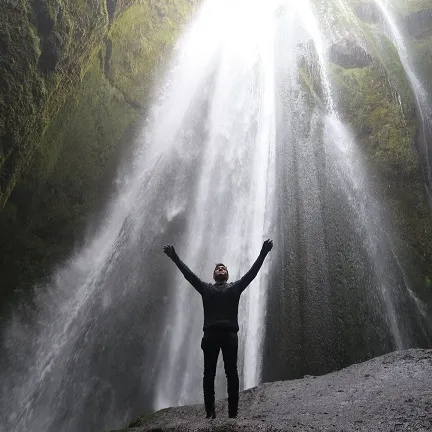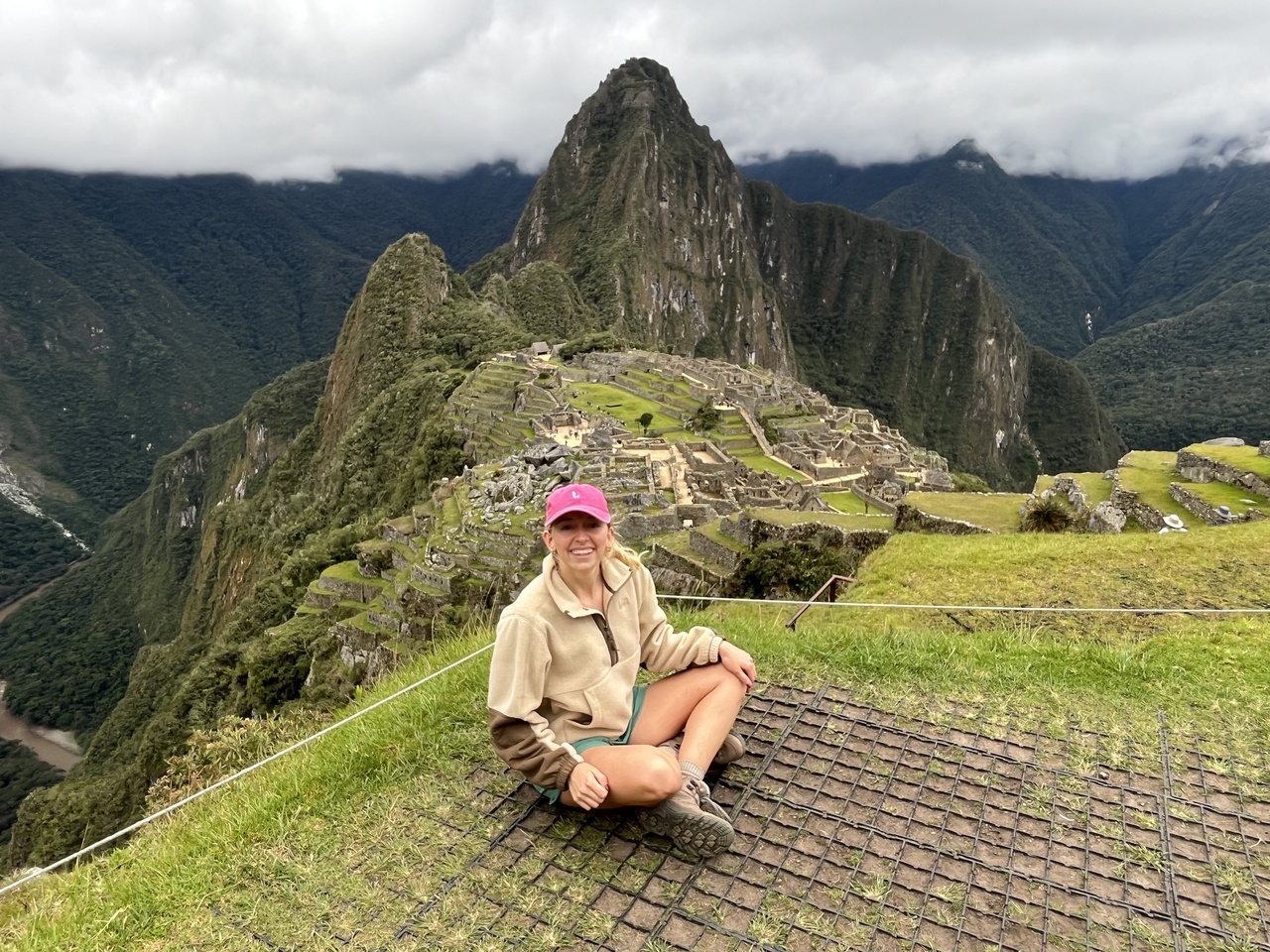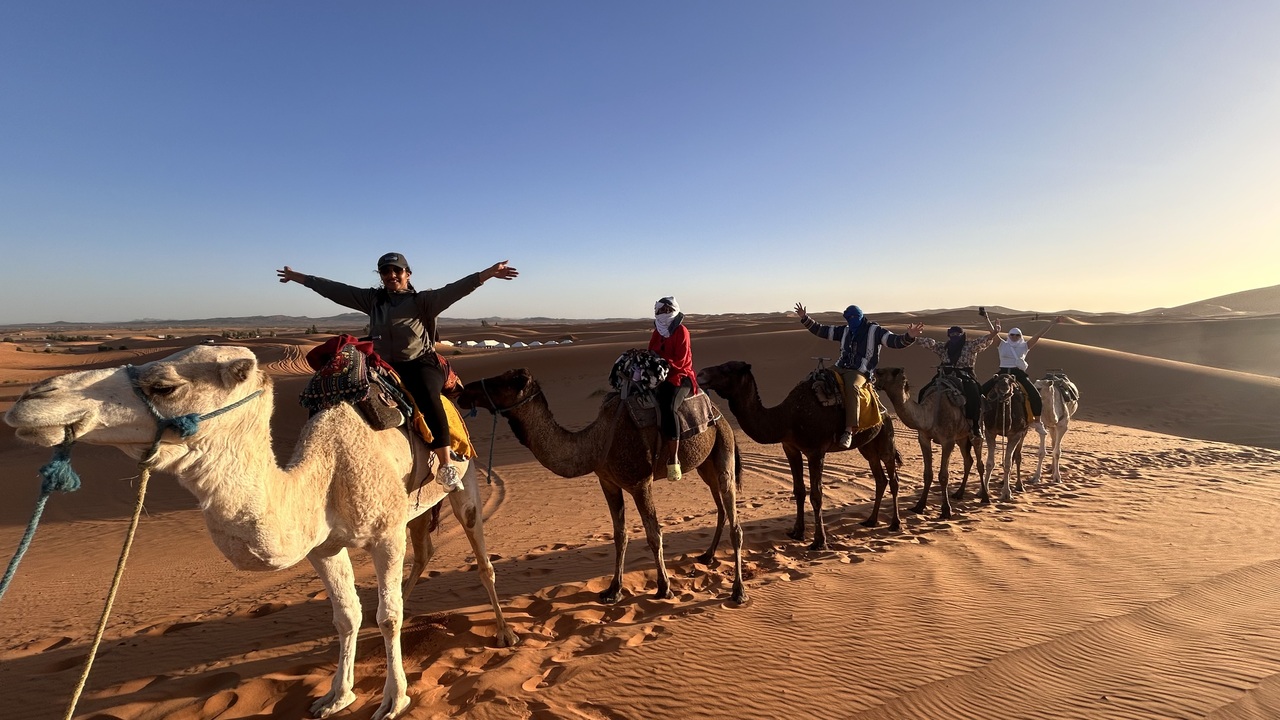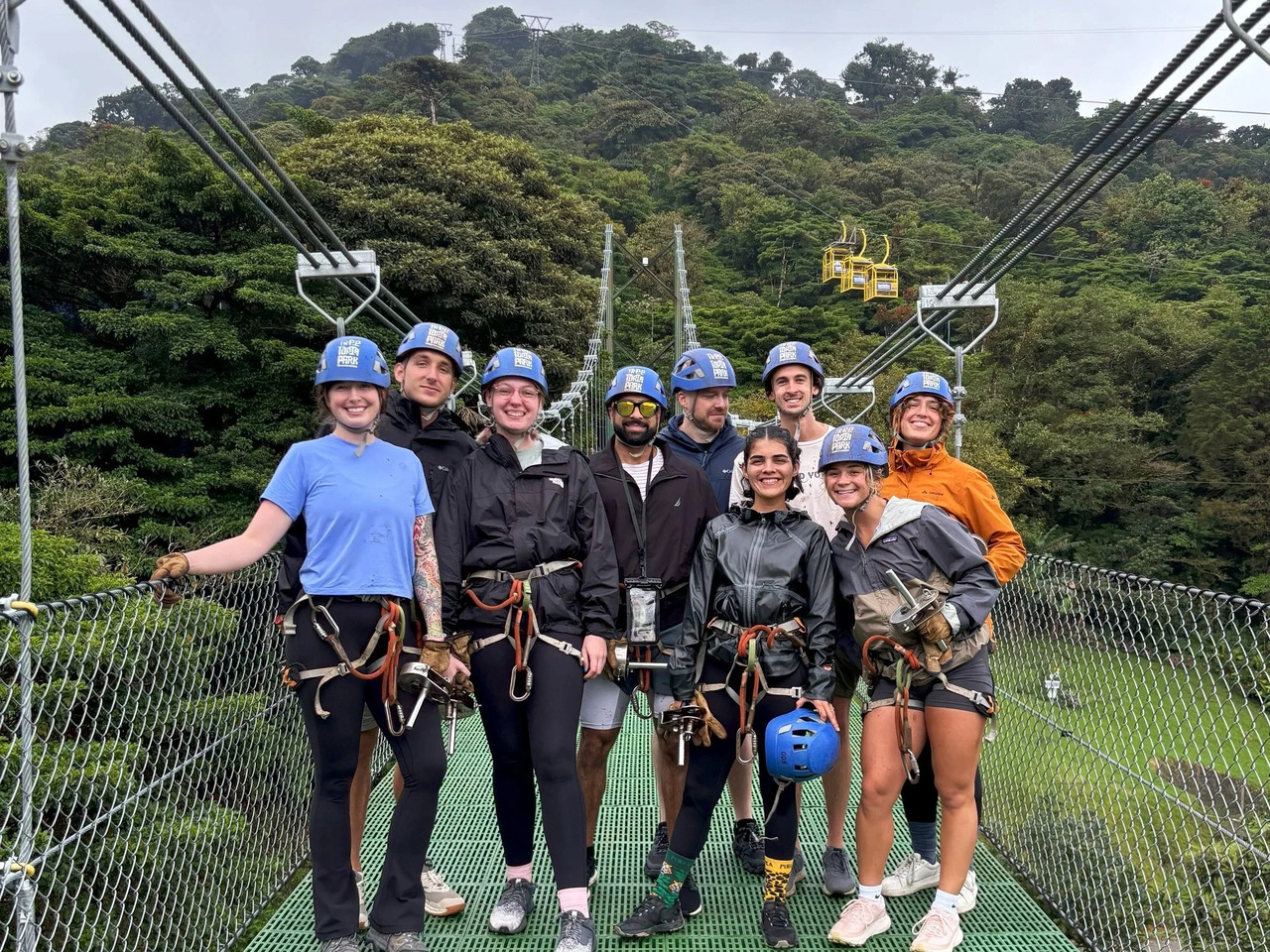When you are ready to make camping trips part of your lifestyle, then you will have to consider buying a tent. The thing is, the options for camping tents are endless and can be a bit overwhelming, especially for a beginner camper. Finding the right camping tent for you can be tricky. That is why we’ve put together this tent buying guide to help you find the right camping tent.
Top 20 Camping Destinations for Your First Trip
Before getting into the specifics about tent design and features of a tent, let’s first answer a few of these questions to help guide you on buying your first tent.
What kind of camping will you be doing?
Generally, camping can be broken down into two main categories: car camping and backpacking.
Car camping in its most basic form is sleeping in a tent while keeping your gear accessible in a nearby car. This style of camping is common in established campgrounds that typically have bathroom facilities and potable water available. Check out your local state parks, forest reserves, or national parks to see what services are available at their campgrounds.
If you plan on car camping, tent size and weight are not much of an issue. Don’t shy from buying a much bigger tent that you need, you will appreciate all the extra space for your camping gear.
Backcountry camping usually involves hiking several miles into the wilderness with all your gear strapped to your back. This style of camping typically requires some experience and knowledge of your intended destination, though it doesn’t mean beginners must stay away. Getting out into the backcountry normally leads to amazing scenery and unforgettable memories.
If you plan on backcountry camping, a good rule of thumb is to buy a tent that is one person bigger than you need. You will appreciate the extra space after hiking all day and the additional weight will not be much of a burden.
Tent Buying Tip: Always set up a tent before buying
Try to visit a camping store that allows you to set up your tent or look to purchase a tent that is already set up on display. This will allow you to understand how the design works and give you a feel of the true tent dimensions.
How often will you be camping and what is your budget?
Try to be honest with yourself. Do you need a top-of-the-line brand that is designed for elite outdoor enthusiasts or will a generic brand designed for the occasional weekend warrior suffice? Ultralight tents are nice to have but they often come with a hefty price tag, whereas something just a little heavier may fit best into your budget. On the other hand, a tent made of lower quality material may wear quicker, so if you plan on camping regularly then perhaps spending a few extra bucks may be worth it.
Generally, a decent camping tent ranges from $50-$80 USD, with professional quality tents running up to $400 USD. You do not need to spend that much on a tent! We recommend that beginner campers aim for the mid to lower-end price range and consider spending a little bit more on a lightweight tent if they plan to transition into backcountry camping.
Need help figuring out a camping menu? We got you covered with our Camping Menu: Easy Meal Ideas for Every Camping Trip
How many people will be sleeping in the tent?
When buying a tent it is important to base your decision on the number of people who will be sleeping in the tent. You will also need to factor in how much additional space you may need for extra gear, pets, or friends that may join you from time to time.
It’s also important to evaluate what sleeping habits you and your usual tent companions have and body density. Are you larger than the average size? Do you toss and turn often at night? Do you get claustrophobic?
Bigger tents may be more challenging to set up and take down, but the additional space is typically worth it. Also, if it happens to rain, your tent will serve as a nice, comfortable shelter.
Tent Buying Tip: Pay Attention to Packability
Check the dimensions of the packing size. You will want to make sure that your tent fits in your backpack or can easily strap it to the outside of it. If you are car camping, you will want to know how much packing space it will take up. Once you buy a tent, practice unpacking and packing it.
Know the weather you will be camping in?
Camping trips are most common during the warmer months of spring, summer, and fall. The most popular choice of tents is a 3-season tent, especially among beginner campers. You may be able to get away with a 2-season tent if the majority of your camping is in warm, dry weather destinations, such as the southwestern United States. We do not recommend buying a 4-season tent unless you plan to do mountaineering or serious winter camping.
3-season tents
If you are looking to take advantage of more weather for camping, then a 3-season tent is for you. 3-season tents can handle moderate rainfall, fairly strong wind, and even a little bit of snow. Equipped with mesh paneling, these tents have a good balance of ventilation and insulation, preventing condensation from building up inside the tent. Additional features of a 3-season tent may include vestibules to storing gear outside of the main tent. 3-season tents typically come with detachable rain flies that cover three-quarters of the whole tent.
2-season tents
These tents are designed specifically for warmer weather and areas of little precipitation. A small, detachable rain fly usually comes with the tent though the rain fly is not designed to withstand heavy rain. 2-season tents have little to no insulation since the tents are designed specifically to keep a camper cool in hot weather. These tents come with minimal extra features and are typically less expensive than 3-season tents.
4-season tents
Although called 4-season tents, these tents are primarily used for winter camping or mountaineering. They are designed with additional insulation to keep campers warm and are constructed with sturdy materials and strong poles to stand up against inclement weather. The additional insulation limits airflow causing the tent to become unpleasant in warmer temperatures. 4-season tents tend to be higher in the price range due to the higher quality of material and the specific design.
Tent Buying Tip: Research Ease of Use
Talk to the camping store employee or do online research to read reviews of specific tents you may be interested in. Some tents are easier than others to set up. See if you can find video tutorials on how to set up a tent. Additionally, practice setting up and breaking down the tent in your backyard before you go camping.
Now that we’ve answered some general questions about your camping style, let’s learn about tent features and designs to help you buy your tent.
Choosing Your Tent Design
Camping tents come in many shapes and sizes. Classic tent designs are dome, cabin, A-frame, and tunnel tents. The newest trend, instant tents, are designed with installed poles and pop-up frames to make setting up a tent as easy as possible. Let’s review the common tent designs.
Dome tents
Dome tents are a traditional and popular design. They are freestanding, featuring a cross-pole structure that provides better stability. Dome tents generally handle snow and strong winds better than tunnel tents. They are typically tall in the center but the walls are more sloped which reduces space. Dome tents are common designs for 2 and 4 person tents, and generally budget-friendly.
Cabin tents
Cabin tents are designed with near-vertical walls to maximize overall peak height making them the ideal design for campers who like to stand up in their tent. These tents are common for families or groups of 4 or more, as they provide plenty of space to move around. Cabin tents tend to be heavy and are best for car camping.
Tunnel tents
Tunnel tents are generally easier to set up and take down. They have a uniform arch design that requires the support of guidelines for optimal performance. Tunnel tents often have a larger vestibule than dome tents providing additional space to store gear.
Instant Tents vs Pop-up Tents
An instant tent is a broad term used for any tent that is built with quick-pitching in mind. Typically with set-up being between 5-10 minutes. Instant tents are built with user experience in mind, as where traditional tents are not. Instant tents have interlocking poles, or hydraulic systems to help the tent stand up. These features are specific to instant tents.
Pop-up tents, on the other hand, are a specific type of instant tent that uses a specific design. Pop-up tents all feature some kind of frame that instantly expands when you take it out of the bag. They “pop” out of the bag, which is where they get their name from. Takedown does take a bit longer, especially the first time, so it’s a good idea to practice collapsing your tent a few times before you take it camping.
It may sound odd but think of it like this: All pop-up tents are instant tents, but not all instant tents are pop-up tents.
Additional Features to Look For
Vestibules
Think of the vestibule as the front porch of the camping world. This is an extension of the tent material providing a protective covering outside of the tent. Vestibules are great for storing your backpack, shoes, or any other gear that you may not want inside your sleeping area. Most tents come standard with a vestibule but some tents have optional add-on vestibules if you want to supersize your space.
Doors
If there will be multiple people sleeping in your tent then having more than one door will help avoid having to step over people when entering and exiting the tent. Additional doors will increase the bulk and size of a tent, so keep this in mind. It is also important to check how the zippers function on the doors. Are they easy to open and shut? Do they make a lot of noise?
Tent Poles
A tent’s pole structure helps determine how easy or hard it is to pitch. Typically, fewer poles allow faster setups. It's also easier to attach poles to clips than it is to thread them through long pole sleeves. Many tents use both clips and short pole sleeves to balance strength, ventilation, and setup ease.
Aluminum poles are usually better than fiberglass and come with better quality, more expensive tents. Budget-friendly tents often come with fiberglass poles.
Pockets and Organization
Pockets and organizers are great for keeping track of your gear inside the tent. You can store your headlamp or eyeglasses in easily accessible pockets next to where you rest at night. A lantern loop is often placed at the top-center of a tent's ceiling for hanging a lantern. Most tents come with at least one or two pockets.
Tent Accessories
Rainfly
A rainfly is a separate waterproof cover designed to fit over the roof of your tent. Use it whenever rain or dew is expected, or any time you want to retain a little extra warmth. Two rainfly types are common. Roof-only rainflies allow more light and views while offering fair rain protection. Full-coverage rainflies offer maximum protection from wind and rain.
Footprint
A footprint (also known as a ground cloth) is a custom-sized piece of durable material that goes under your tent. It protects from abrasion and ensures that the waterproof coating on the tent floor will last a long time. It’s also cut to the exact dimensions of the tent since any material that sticks out could channel rain under the tent. If you’re camping on rocky ground or using a delicate lightweight backpacking tent, a footprint is highly recommended.
Now go buy your first camping tent!
We want you to use this guide as a reference in buying your first tent so you have confidence when visiting the camping store. Don’t let all the options overwhelm you. Selecting your first tent should be a fun experience. Remember, you do not need to buy a luxurious, high-priced tent to enjoy camping. Just make sure it fits your style and size (or don’t want a tent that is too small) and fits in your budget. Have fun sleeping in your tent during your next camping trip!
Further Reading: Camping Tips: A Beginner’s Guide to Their First Trip
For more great travel guides and all of our best content make sure you are signed up to our travel blog newsletter.




.avif)


























